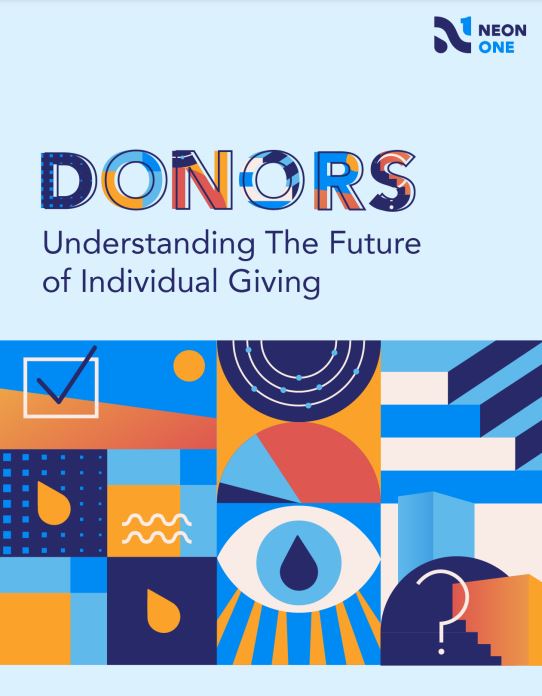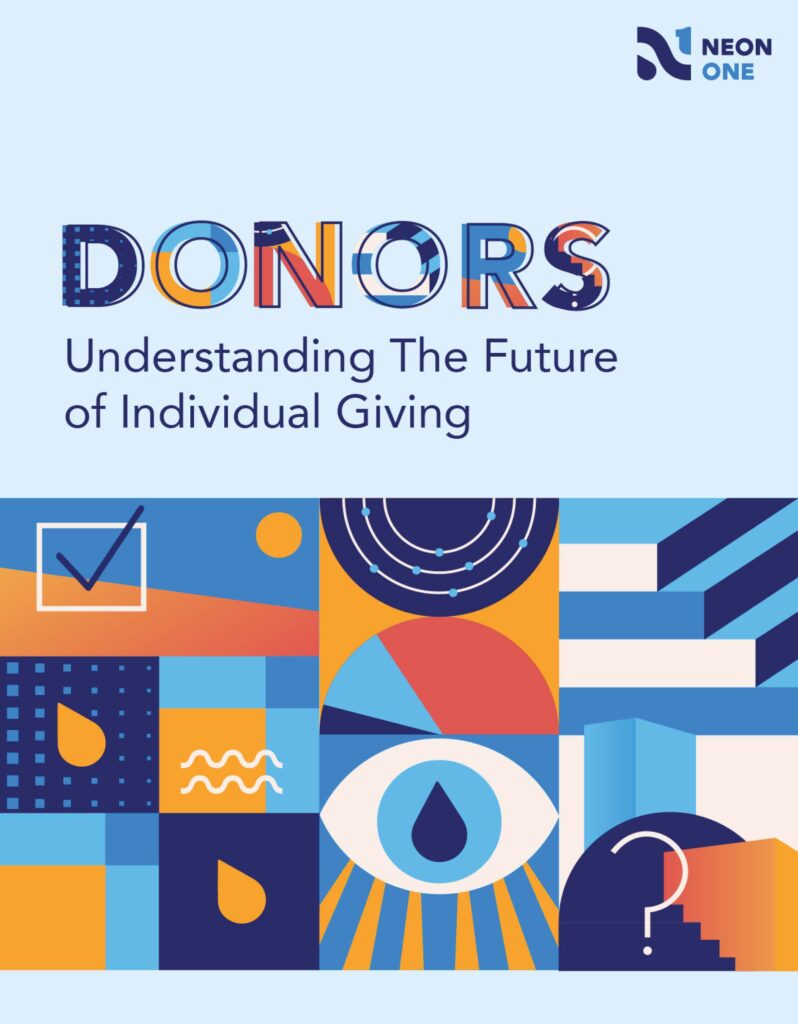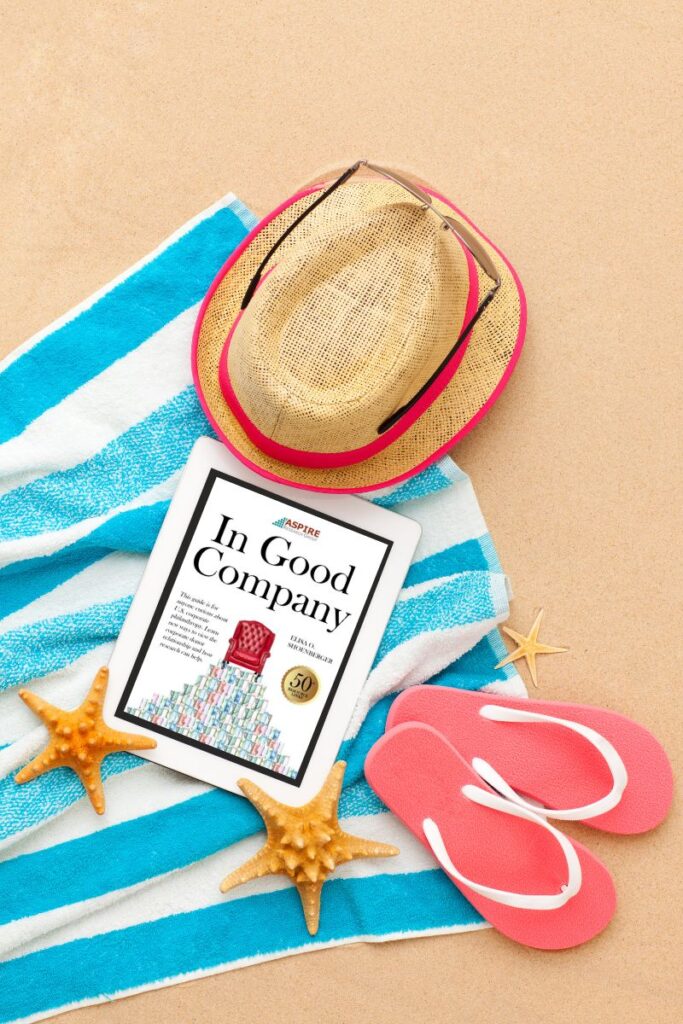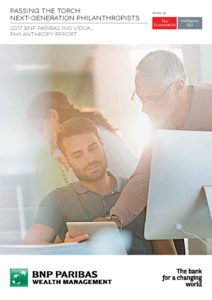It happens. You get that profile and say to yourself, “Well, I knew all THAT,” or you take one look at that capacity rating and say, “In my DREAMS they’ll give that much!” — or worse, you say, “They could give so MUCH MORE than that!”
Where do profiles and capacity ratings go wrong and how can you unlock the major gift magic for you and your organization?
At Aspire Research Group, we prepare a lot of profiles, and we spend a lot of time fretting over capacity ratings. We also spend a lot of time with our clients, asking and listening to what information serves them best.
Following are three things we’ve learned that anyone can implement to unlock major gift potential in your prospect research efforts:
1 – Say “Yes!” to prospect strategy reviews with your researcher
Every new client at Aspire gets a brief follow-up profile review after the first delivery. This is a critical juncture in making sure we are delivering the right information. When we get a request, we know you trust us to sort through a treasure trove of data and deliver the right bits to you. But how do we know which bits are the best?
Some of it is standard, but if you want major gift magic, we have to talk to you and learn more about what matters most to you and your organization. That first conversation leads to more conversations. Sometimes we have questions at the time of your request, or right in the middle of doing the work!
Making the time for periodic prospect strategy review meetings pays off with better information being delivered in the profiles. But if you really want to up your major gift game, you have to do more to get the most out of prospect research.
You have to push back, question, and – dare I say it – complain. We recently had a client get frustrated with the way we’re delivering information he found critical to his success. What if he had kept quiet? Grumbled to himself and spent twice the time finding it on his own?
Now we are back on track, supporting him on the research path he has discovered works really, REALLY well for his campaign. At Aspire we WANT our clients to be successful!
2 – More is better – but more of what?
Aspire clients are probably a lot like you. Fundraising operations that do not have a prospect researcher on staff, but are either raising millions every year or on track to cross into 7-figure territory. What we’ve learned over the years is that confident fundraisers are BOLD.
Research is expensive. But NOT getting research is devastating. It means no new building. No programs for people who are suffering.
If you know how to build relationships with your donors and ask for larger gifts, what is holding you back from asking for more profiles? Why wouldn’t you want to know exactly what your experience indicates will lead to a deeper relationship faster?
Yes, information on prospects does go stale over time — but not if you are out there cultivating and asking for gifts. Bold and confident fundraisers make the investment – and generate the return they need to fund their mission.
3 – Capacity ratings are like weather forecasts
There are so many types of gift capacity ratings or ways in which to calculate them, that it’s no surprise when development officers throw up their hands and give up on them altogether!
The primary purpose for a capacity rating is to help you prioritize and segment donor prospects. Does that surprise you? If this is true, then why are they on every profile?
When you see the capacity rating on your profile, think of it more like a weather forecast. You know it has a high level of unreliability, but it is correct often enough that you bring your umbrella when there is a high chance of rain.
If you have a relationship with your researcher, make sure you understand something about how they are creating, verifying, or updating the capacity rating. This will go a long way to helping you unlock some major gift magic from them.
Once you have some confidence in the gift capacity rating, you will have more confidence in using it as an important consideration when crafting your major gift proposal amounts. At this point, the gift capacity rating might validate what you were already thinking, or it might give you the confidence to ask for even more.
Fundraising is hard work.
Major gift fundraising is even more hard work. It’s not your fault that you are pressed for time and struggling to pay attention to yet another thing – prospect research. We get it.
That’s why we created a new 30-min webinar series this year – Research Rocks!
In 30-minutes you get the “why” of profiles and capacity ratings and tips on how you can implement better practices easily and immediately. If you show up live, you get to interact and connect with others. But there’s always the replay.
WARNING: At Aspire we really do LOVE prospect research and by the end of 30 minutes, you might get hooked, too.
1 – Can you really trust gift capacity ratings? | 8/9/2022 from 2-3pm ET | $49
Gift capacity ratings are touted as one of the best ways to segment for major gift prospects, but just how reliable are they? And why are they based on a 5-year pledge? Veteran researcher, Jen Filla, tackles the topic, diving right into what works and what doesn’t for development officers responsible for major gifts. Walk away knowing the different types of capacity ratings, how to leverage them for maximum impact, and how gift capacity ratings are changing with emerging technology.
2 – Build better relationships – and ask for more – with profiles | 9/13/2022 from 2-3pm ET | $49
Not all donor prospect profiles are created equal – and that’s a good thing! In this session, prospect research professional, Jen Filla, demonstrates how you can navigate the prospect profile continuum to build faster, better relationships with your donors and feel confident asking for larger gifts. It all hinges on getting the right information at the right time – and using it.
If you have any questions about how you might use this training opportunity with your team or elsewhere in your organization, please contact us.










 What is this Report?
What is this Report?